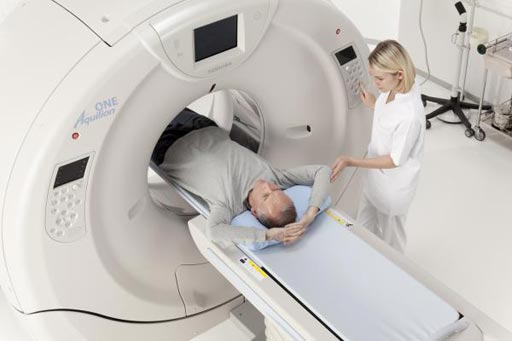Dose Reference Levels Set for Common CT Exams
By MedImaging International staff writers
Posted on 28 Feb 2017
Researchers have laid down new Diagnostic Reference Levels (DRL) for the 10 most common head, neck, and body Computed Tomography (CT) exams to prevent unnecessary radiation exposure, and reduce overall radiation dose for patients.Posted on 28 Feb 2017
The DRLs and Achievable Dose (AD) guidelines will enable healthcare facilities to optimize and personalize the exam protocols and radiation dose a patient receives, as well as the range of doses used in the facility.

Image: Researchers have established national dose levels for common adult CT exams based on patient size, which will assist in avoiding unnecessary radiation exposure (Photo courtesy of ITN).
The researchers from the University of Washington School of Medicine used data from the American College of Radiology (ACR) CT Dose Index Registry, the largest CT dose index registry in the world, for the two-year study. The study was published online in the February 2017 issue of the journal Radiology. Previous DLRs provided only one value for a standard average-sized patient while the new DRLs are based on patient size. Healthcare facilities can now use these DRLs to compare the radiation doses they use with US national benchmarks, and optimize their CT protocols accordingly.
Kalpana M. Kanal, PhD, medical physicist and professor at UW Medicine Department of Radiology, said, “This extensive participation and totally automated complete capture of all patient examinations enabled the development of robust, clinically based national DRLs and ADs. Both ADs and DRLs are provided to encourage facilities to optimize dose to a lower level than that indicated by the DRL. Image quality must be taken into consideration when using DRLs and ADs to evaluate CT protocols on each scanner to determine if protocols are optimized. DRLs and ADs are not intended to be used for comparisons with dose indexes for individual patients. Implementation of DRLs and ADs is most effective if the facility has a system to automatically monitor patient dose indexes so that aggregate results may be evaluated.”














